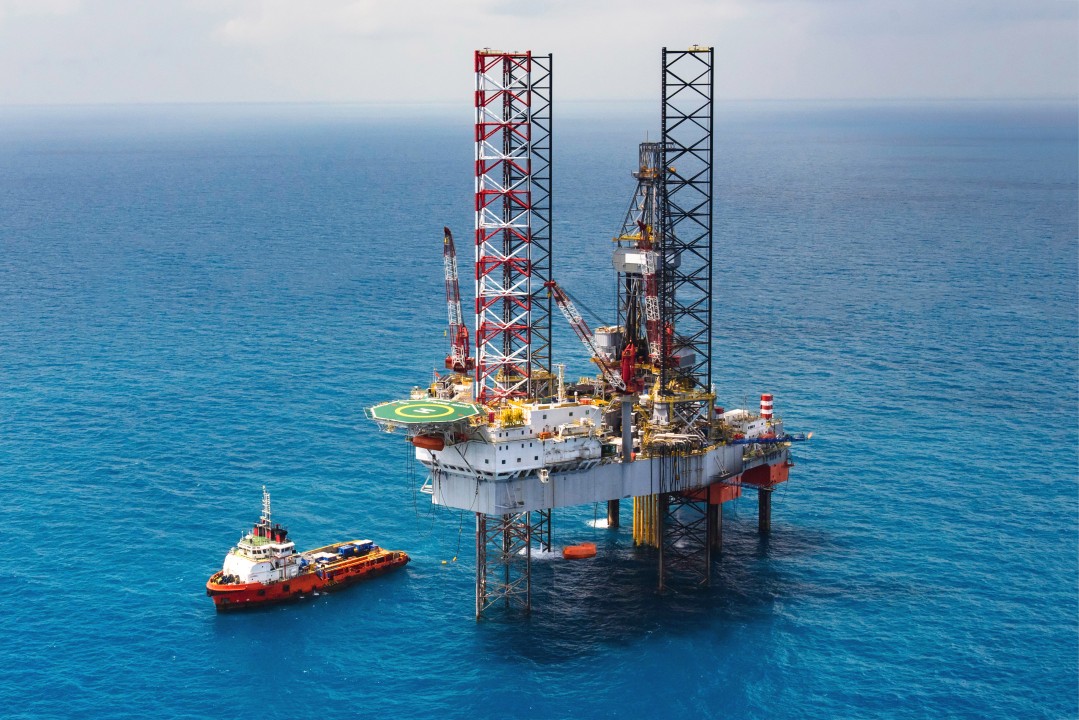The context of global warming being the light spot for most countries around the world, with the approaches of the COP26 summit where countries gathered and decided on the ways forward. One of the main discussions among the member countries is the deployment of sustainable manufacturing, using, and recycling – oil and natural gas are also another one in focus. Thus, infrastructures such as offshore oil rigs become the bottleneck as they will become useless if the oil well they are exploiting dried up. We all know that natural oils and gases are limited resources, they are one kind of supply base operations in Malaysia as the platforms are operating on their supply, oils and gases
However, there have always been solutions to difficulties, and people have come up with some measurements, one of them is to let the out-of-fashion rig become home to reefs and marine life.

The context of oil rigs
In 2019, it is reported by the University of California that there were over 6,000 offshore rigs, both for oils and natural gases, with Southeast Asia making up over 1,000 rigs. Most of them are shut down for many reasons, one of them being the oil or gas well dried off. These rigs are developed to catch up with the extraction of fossil fuel energy with less or without proper consideration of the eventual consequences of the limited resources they are exploiting. Therefore, the world is shifting to putting renewable energies as their priority. Dealing with these excess offshore rigs has become a major problem since it involves technical, economic, and environmental concerns that must be addressed.
Conducting a full removal of an offshore rig would cause more unexpected complexities.
The relationship between rigs and reefs
This is derived from a project called Rigs to Reefs, despite the “just recently” attention of most nations upon their offshore rigs, this project has been working since the 1980s. Since then, they have dealt with around 500 to 600 offshore rigs with them being turned into reefs for oceanic life to home.
When an offshore platform wants to turn from rig to reef, it must first undertake infrastructure evaluation to make sure that the overall structure is suitable to support the marine life homing process.
The oil well dried up
When the oil well dries up, the accompanying oil rig will then be put into decommissioning. The process will begin by plugging and sealing the oil well, abandoning the oil reservoir. Then all of the upper facilities such as the platform jacket and drilling infrastructure will be disconnected and removed from the sea bed, and towed to shore for discarding and recycling – if possible. The sea will then return to its original unobstructed condition. However, since the long-term operation of the rig, most marine life forms within that area cannot be the same as they used to be. Thus, came the Rigs to Reefs project, when the lower parts of the platform are used to become home for marine creatures with reefs being grown upon the structure.


